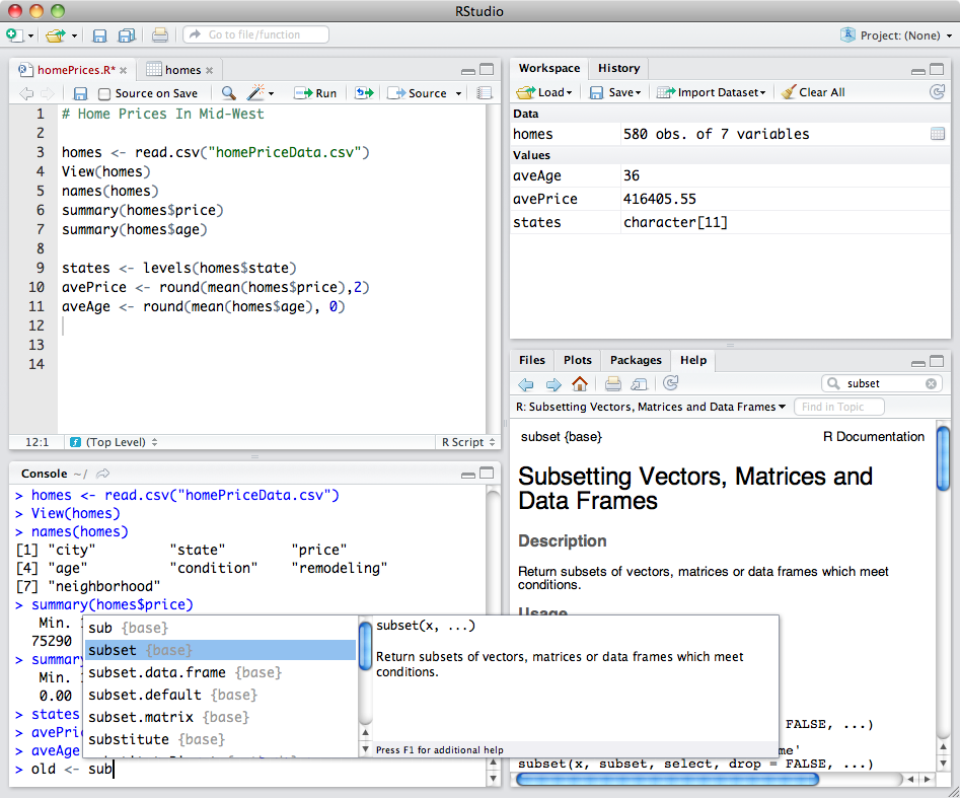
Fun Python Projects Kickstart Your Coding Journey!
Embark on Your Coding Adventure: Fun Python Projects for Beginners
Introduction to Python Projects for Beginners
Welcome to the exciting world of coding! If you’re a beginner eager to dive into Python, you’re in for a treat. Python, known for its readability and versatility, offers a fantastic playground for aspiring programmers. Let’s explore some fun Python projects tailored for beginners, designed to kickstart your coding journey.
Building Your First Web Scraper
Ever wondered how to extract information from websites? Building a web scraper is a hands-on way to explore the world of data retrieval. With Python libraries like Beautiful Soup and Requests, you can create a simple web scraper that pulls data from your favorite websites. It’s a practical project that introduces you to web interactions and data manipulation.
Creating a To-Do List App with Flask
Dive into web development by creating a basic To-Do List app using Flask, a web framework for Python. This project introduces you to the fundamentals of web applications and server-side programming. You’ll learn how to handle user input, display dynamic content, and gain insights into the world of Flask, setting the stage for more complex web projects.
Exploring Data Visualization with Matplotlib
Data visualization is a powerful skill in the world of data science. Start by exploring Matplotlib, a popular Python library for creating static, interactive, and animated plots. You can create bar charts, line graphs, and more to visualize data patterns and trends. This project not only enhances your coding skills but also provides a glimpse into the fascinating field of data visualization.
Mastering the Basics with a Calculator App
Before diving into complex applications, solidify your understanding of Python basics by building a calculator app. This project allows you to practice user input, mathematical operations, and conditional statements. It’s a great way to reinforce fundamental programming concepts while creating a practical tool.
Crafting a Simple Game with Pygame
Unleash your creativity by venturing into game development with Pygame. Create a simple 2D game, such as a classic Snake game or a space invader clone. Pygame simplifies game development in Python, making it accessible for beginners. This project combines programming logic with interactive graphics, providing an enjoyable and educational coding experience.
Automating Tasks with a Twitter Bot
Take your Python skills to the next level by creating a Twitter bot. Using Tweepy, a Python library for interacting with the Twitter API, you can automate tasks like tweeting, retweeting, and even analyzing trends. Building a Twitter bot not only introduces you to API usage but also opens the door to the world of automation.
Introduction to Machine Learning with Scikit-Learn
Dabble in machine learning by working on a beginner-friendly project with Scikit-Learn. You can start with a simple classification task, such as predicting flower species based on petal and sepal measurements. This project introduces you to the basics of machine learning and sets the foundation for exploring more advanced concepts in the field.
Enhance Your Skills with a Chatbot Project
Venture into the realm









